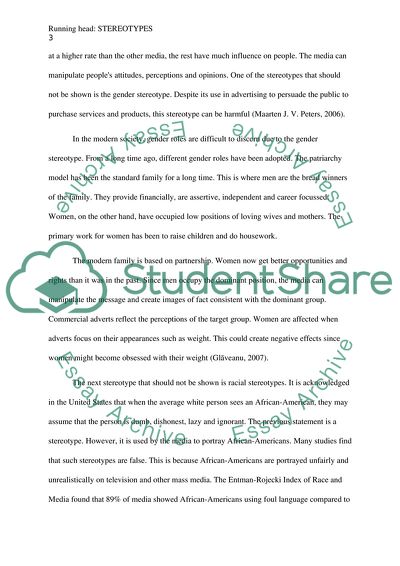Cite this document
(The Concept of Stereotypes Research Paper Example | Topics and Well Written Essays - 2750 words, n.d.)
The Concept of Stereotypes Research Paper Example | Topics and Well Written Essays - 2750 words. https://studentshare.org/philosophy/1815288-stereotypes
The Concept of Stereotypes Research Paper Example | Topics and Well Written Essays - 2750 words. https://studentshare.org/philosophy/1815288-stereotypes
(The Concept of Stereotypes Research Paper Example | Topics and Well Written Essays - 2750 Words)
The Concept of Stereotypes Research Paper Example | Topics and Well Written Essays - 2750 Words. https://studentshare.org/philosophy/1815288-stereotypes.
The Concept of Stereotypes Research Paper Example | Topics and Well Written Essays - 2750 Words. https://studentshare.org/philosophy/1815288-stereotypes.
“The Concept of Stereotypes Research Paper Example | Topics and Well Written Essays - 2750 Words”. https://studentshare.org/philosophy/1815288-stereotypes.


